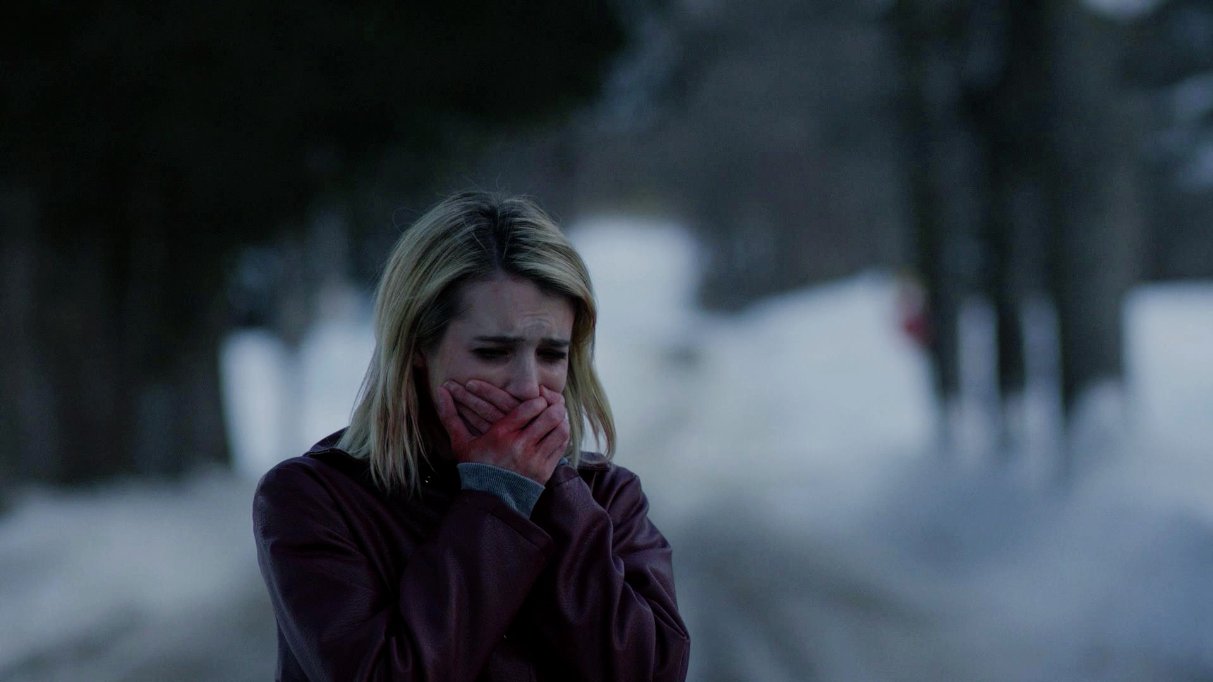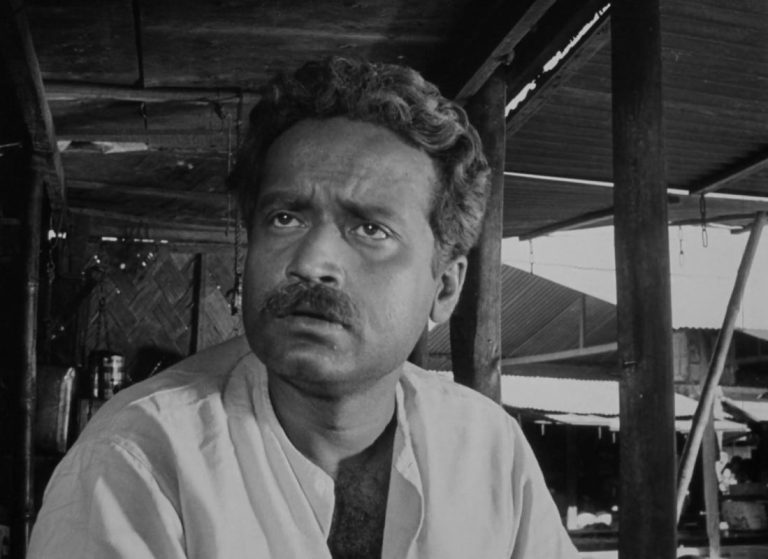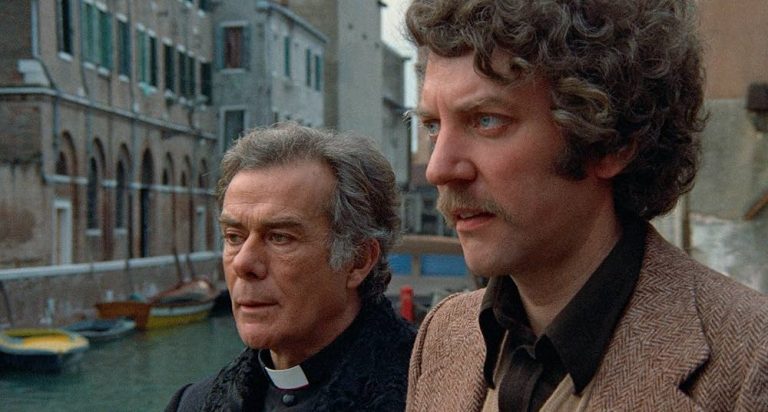The Blackcoat’s Daughter (2015): Osgood “Oz” Perkins’ atmospheric directorial debut, “The Blackcoat’s Daughter,” may have garnered critical acclaim amongst critics. However, the film has pretty much slipped under the radar for the casual moviegoer. Of course, horror hounds who actively seek out the rare unconventional gems of the genre already love and adore this dark and terrifying possession film, but beneath the scares and terror lies a rather somber tale about loneliness and isolation.
Although it was only his first run as writer-director, Osgood Perkins handles the film like a true veteran of the genre. While most people assume that “I Am the Pretty Thing That Lives in the House” was his first film, it was, in fact, “The Blackcoat’s Daughter” (initially titled “February”) that was his directorial debut.
As with many horror films, “The Blackcoat’s Daughter” dives into the realm of the Satanic to tell its story. You may have heard the term “elevated horror” being used recently. While many horror aficionados would tend to consider the term disrespectful or even insulting, for better or worse, that term fits perfectly with the subject of this film.
The Exploitation of Satan in Horror
The use of Satan and Satanic imagery has been a common trope in horror for many years. The concept of Satan as an embodiment of evil and the ultimate villain has been a popular cliché in the horror genre, and filmmakers have used Satanic imagery to create an atmosphere of terror and unease.
Filmmakers frequently use Satanic imagery to create a sense of unease and suspense in horror. This is usually done through pentagrams, inverted crosses, and other symbols associated with Satanism, often suggesting something sinister is at work. In some cases, Satanic imagery is used to explore deeper themes and ideas in horror films. For example, films like “Rosemary’s Baby” and “The Omen” explore the idea of the Antichrist and the birth of evil, while movies like “The Witch” and “Hereditary” use Satanic cloak as a vehicle to explore deeper themes of family, religion, and the supernatural.
Horror has been notorious for exploiting Satan in its films, and a quick Google search will reveal a litany of films about the fallen angel. It’s no secret that the genre is obsessed with Satan and will probably continue to do so in the foreseeable future. But only a handful of films have truly tried to delve deeper than the conventional “the devil is bad” trope. And that is precisely where “The Blackcoat’s Daughter” excels—spoiler warning from here on out.
Satan’s Representation in The Blackcoat’s Daughter
“The Blackcoat’s Daughter,” tells the story of girls Kat (Kiernan Shipka) and Rose (Lucy Boynton), two students from Bramford Academy, a prestigious Catholic boarding school, who are left stranded at the school during winter break. As the days pass, strange events begin to occur, revealing that a darker force is at play. Meanwhile, we see a third girl, Joan (Emma Roberts), entering the scene as she makes her way to the school with a sinister agenda.

Early in the film, we’re introduced to what appears to be Kat’s “father,” who seemingly gives her comfort after losing her family. The film chooses to be deliberate by not revealing the face of this father figure until the final moments of the film, where we learn that this person is, in fact, Satan himself. Although not directly revealed, it is also evident that there are two stories at play here, happening in entirely different timelines but shown simultaneously as one narrative.
Joan, who we see traveling to the school, is, in fact, Kat, all grown-up. During the exorcism scene shown towards the scene’s final moments, we see her plead with Satan, whom she perceives as her father, begging him not to leave her. However, the exorcism was successful and managed to chase the evil away from her. Kat is then presumably rehabilitated at the mental institution, takes on a new name, and is forced to live alone. This is why she returns to the school, seeking the one thing she had.
Loneliness is a crucial aspect of “The Blackcoat’s Daughter.” Perkins plays with this idea beautifully and uses Satan to tell a rather heartbreaking story of how one cope with the loss of a loved one. Kat had already lost her family in a car crash and is now left completely alone after the one person she saw as her father figure left her too. The film then delivers a gut-wrenching ending with her realizing that there’s no one there for her anymore.
What sets “The Blackcoat’s Daughter” apart from other possession films is its exploration of loneliness and isolation. The film’s characters are all struggling with their own demons, both metaphorically and literally. Kat and Rose, isolated at the boarding school, find comfort in each other, while Joan’s quest for redemption leads her down a dark path.
The three leads deliver powerful and haunting performances, carrying the film’s bleak and somber tone throughout its 93-minute runtime. The gloomy atmosphere created by Perkins is chilling and unsettling, with the cold and barren setting of the boarding school heightening the sense of isolation and dread.
Despite its critical acclaim, the film initially struggled to find an audience. It premiered at the Toronto International Film Festival in 2015 but didn’t receive a wide release until two years later, in 2017. However, word of mouth slowly built a following, and the film has since gained cult status amongst horror fans.
In conclusion, “The Blackcoat’s Daughter” is a hidden gem of the horror genre. Perkins’ masterful direction and the performances of Roberts, Shipka, and Boynton make for a haunting and unsettling film that stays with you long after the credits roll. It’s a film that deserves more attention and recognition than initially received and is a must-watch for horror fans looking for something different.






